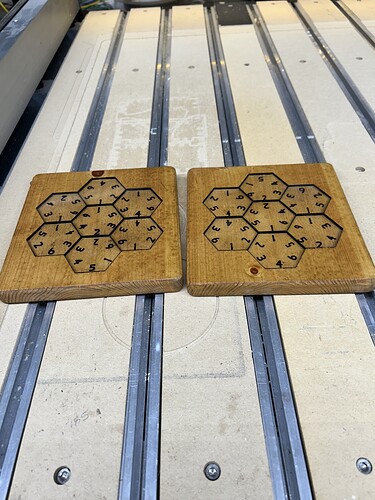A project I have given as gifts trying to drum up business has been relegated to Christmas gifts only. Had fun doing this.
Remember when you measure everything up, there is going to be stain, varnish, and edge color. A great fit turns into a very tight fit very quickly.
